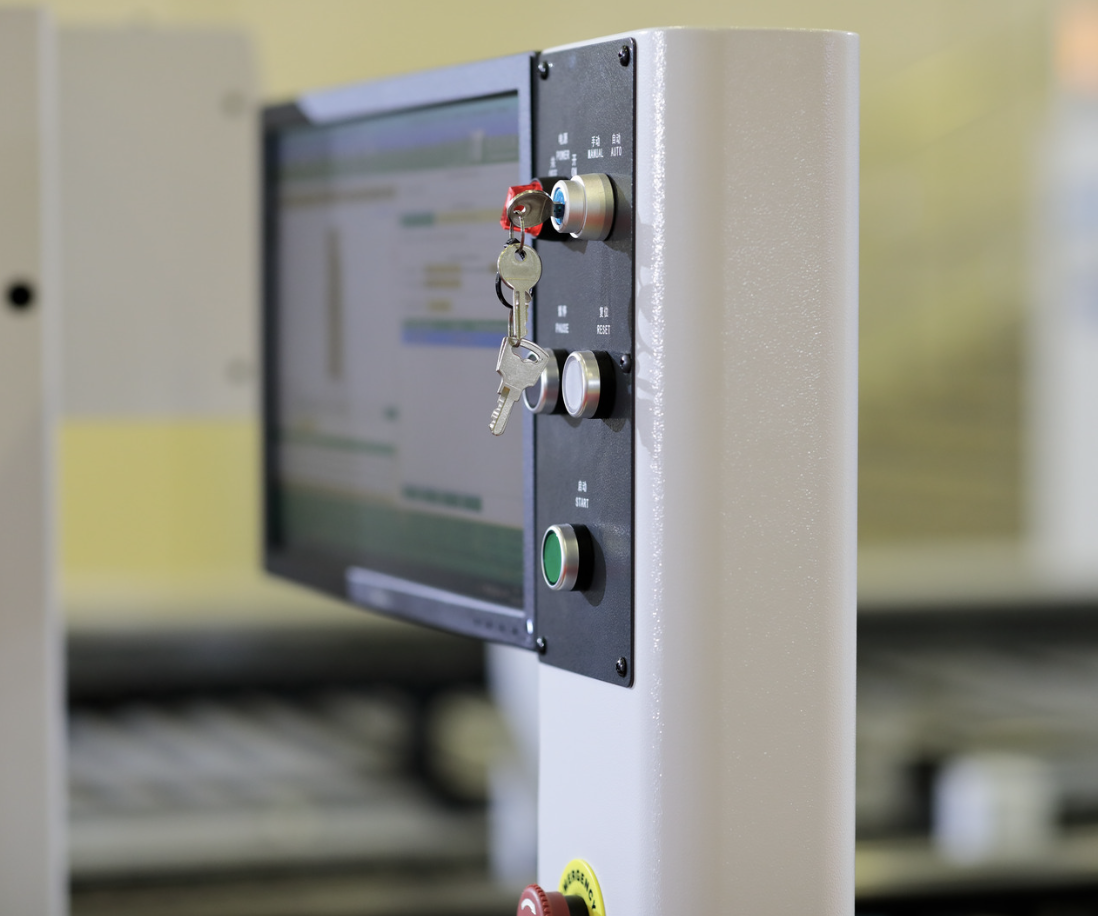
Understanding Common Components in an Industrial Controls System
Industrial control systems are the backbone of manufacturing and automation processes. Within these systems, various components work together to ensure efficient operation. Here’s a brief overview of some commonly found components in an industrial controls cabinet and their functions:
1. Programmable Logic Controllers (PLCs)
PLCs are the brains of the control system. They receive input from sensors and switches, process this information based on pre-programmed logic, and then send output signals to actuators and other devices. PLCs are crucial for automating tasks and controlling machinery.
2. Human-Machine Interfaces (HMIs)
HMIs provide a user-friendly interface for operators to interact with the control system. They display real-time data, alarm notifications, and system status, allowing users to monitor and control processes efficiently. HMIs can range from simple touch screens to complex graphical displays.
3. Variable Frequency Drives (VFDs)
VFDs are used to control the speed and torque of electric motors. By adjusting the frequency of the electrical supply, VFDs enhance energy efficiency and allow for precise motor control. They are essential in applications such as conveyor systems and pumps.
4. Contractors and Relays
Contractors are electromechanical switches used to control large electrical loads. Relays serve a similar purpose but are typically used for lower power applications. Both are vital for switching circuits on and off, providing safety and control in industrial settings.
5. Circuit Breakers
Circuit breakers protect electrical circuits from overloads and short circuits. They automatically interrupt the flow of electricity when a fault is detected, preventing damage to equipment and ensuring safety.
6. Power Supplies
Power supplies convert electrical energy from the main source to usable voltage and current levels for various components. They ensure that all devices in the control cabinet receive stable and appropriate power.
7. Sensors and Transducers
These devices monitor various parameters like temperature, pressure, flow, and level. Sensors convert physical phenomena into electrical signals that PLCs can process, allowing for real-time monitoring and control of industrial processes.
8. Wiring and Terminal Blocks
Wiring connects all components, facilitating communication and power distribution. Terminal blocks provide a secure and organized way to connect wires, making troubleshooting and maintenance easier.
Conclusion
Each component in an industrial controls system plays a vital role in ensuring smooth operation and automation. Understanding these components and their functions can help you maintain, troubleshoot, and optimize your control systems for better efficiency and reliability.
